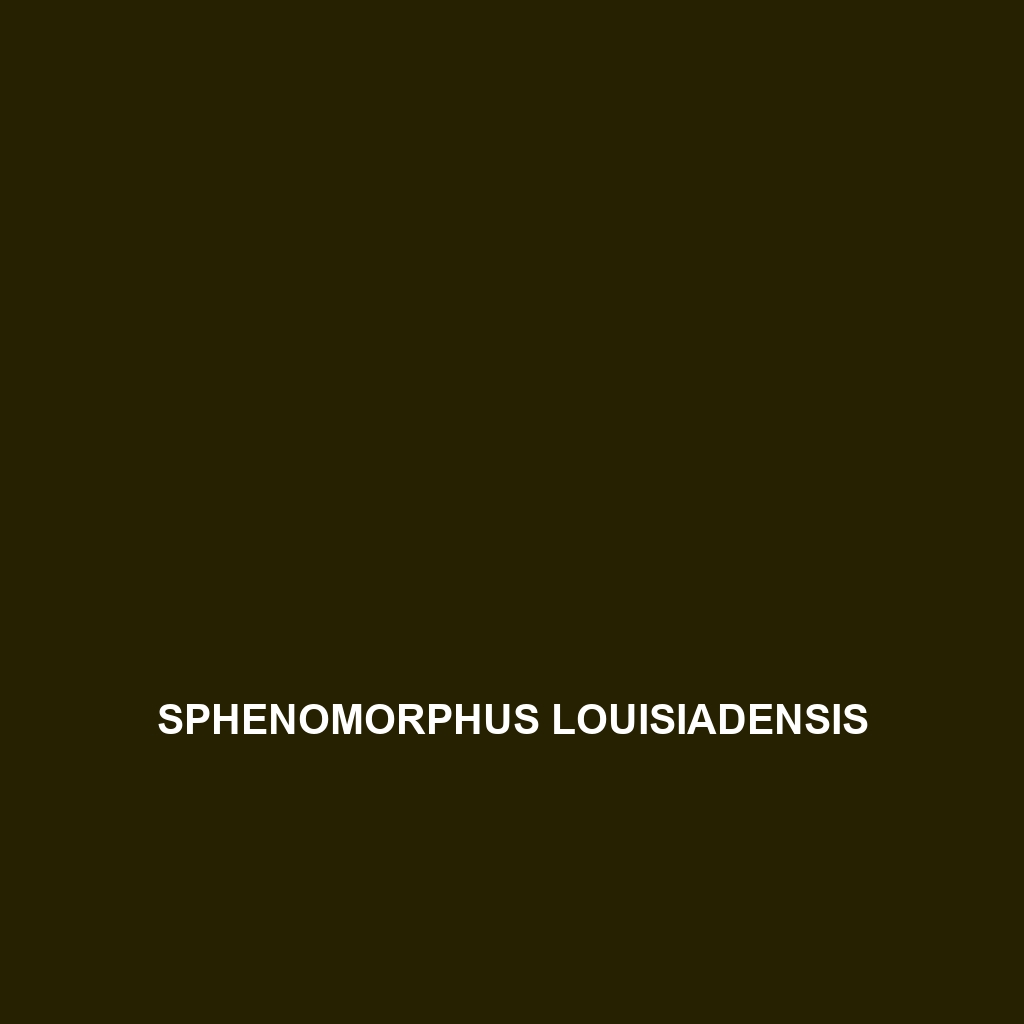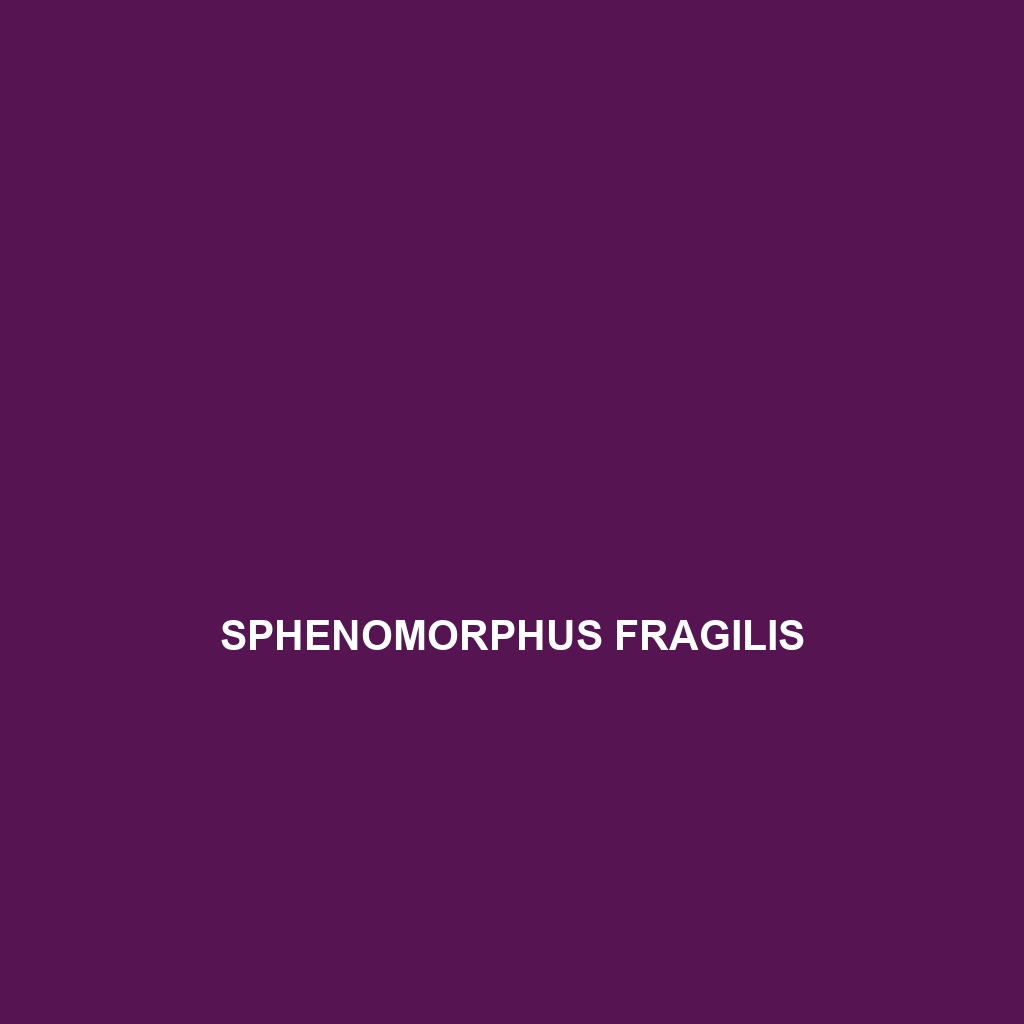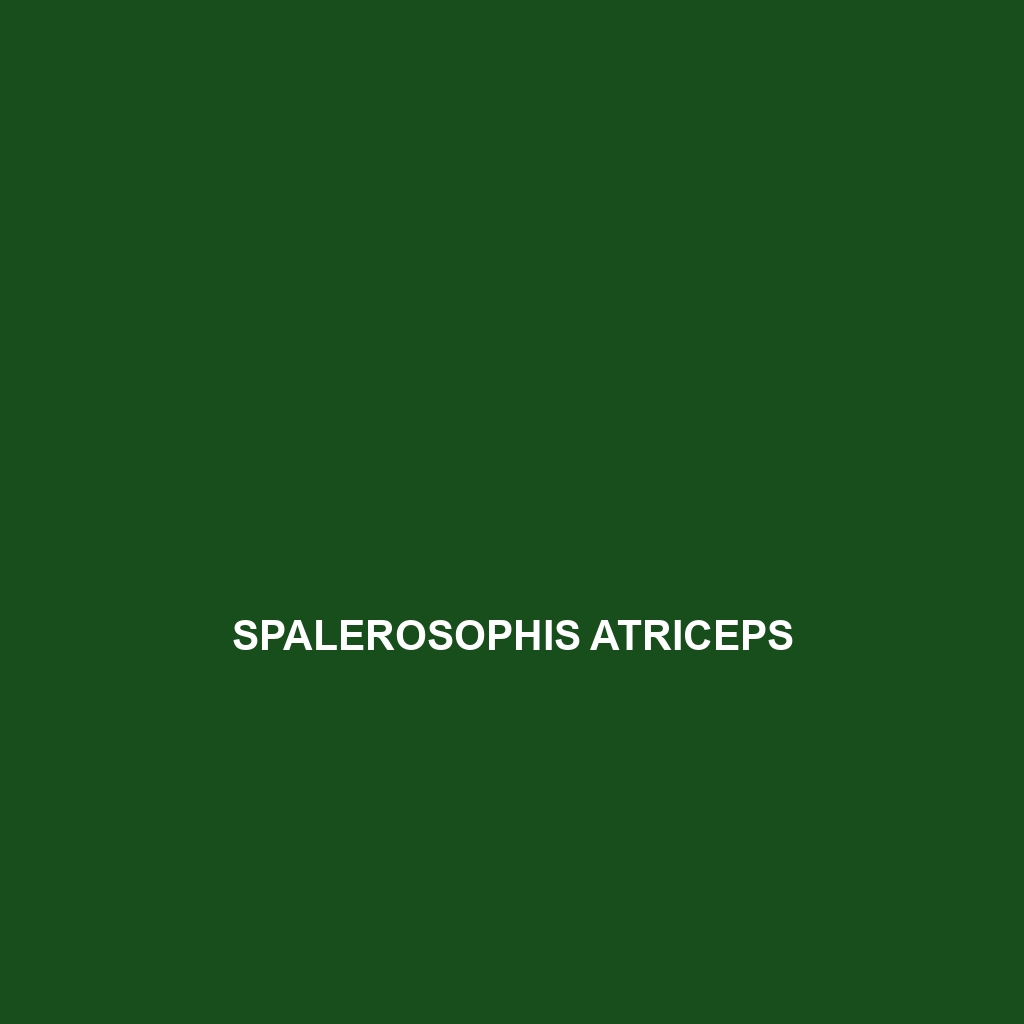Discover the Meyer's Skink (Sphenomorphus meyeri), a sleek, agile reptile native to Southeast Asia's moist forests, reaching lengths of 15 to 25 cm. With a diet primarily consisting of insects, this resilient species exhibits remarkable camouflage and tail regeneration, playing a vital role in pest control and the ecosystem's balance.
Tag: IUCN conservation status
Sphenomorphus louisiadensis
Introducing the Sphenomorphus louisiadensis, or Louisade skink, a medium-sized lizard native to the Southwest Pacific's humid environments. Known for its sleek body with distinct stripes, this carnivorous species plays a crucial ecological role by controlling insect populations and serves as both predator and prey in its vibrant habitat.
Sphenomorphus fragilis
<b>Sphenomorphus fragilis</b>, commonly known as the fragile skink, is a slender, olive-brown skink found in Southeast Asia's humid rainforests. This diurnal insectivore thrives in dense vegetation and plays a critical role in the ecosystem by controlling insect populations and serving as prey for larger predators.
Sphenomorphus crassus
<p><b>Sphenomorphus crassus</b>, commonly known as the thickset skink, is a robust, diurnal skink native to the tropical and subtropical forests of Southeast Asia. Reaching lengths of 10 to 15 centimeters, it feeds primarily on small invertebrates and plays a crucial role in regulating insect populations within its ecosystem.</p>
Sphaerodactylus scapularis
<p>The <b>Sphaerodactylus scapularis</b>, commonly known as the <i>scapular sphaero</i>, is a small, nocturnal lizard native to the Caribbean, thriving in tropical rainforests and known for its distinctive sandy to light brown coloration with dark mottling. This insectivorous species plays a crucial role in pest control and serves as a vital part of the ecosystem, showcasing remarkable adaptations such as tail regeneration and complex mating displays.</p>
Sphaerodactylus nicholsi
<p><b>Sphaerodactylus nicholsi</b>, commonly known as Nichols' pygmy gecko, is a small, nocturnal lizard native to tropical habitats like rainforests and savannas in the Caribbean. Measuring 4-5 inches, it features a slender body with smooth, shiny scales and specialized toe pads, primarily feeding on small insects while playing a crucial role in controlling insect populations in its ecosystem.</p>
Spalerosophis atriceps
<b>Spalerosophis atriceps</b>, known as the Black-headed Snake, is a striking carnivorous species native to tropical and subtropical regions of South America, characterized by its unique black head and greenish-blue or gray body. Measuring 1 to 1.5 meters, this nocturnal reptile is an agile climber that preys primarily on small vertebrates, playing a vital role in maintaining ecological balance within its habitat.
Spalerosophis arenarius
<p><b>Spalerosophis arenarius</b>, also known as the sand snake, is an arid-dwelling species native to northeastern Africa, characterized by its slender body, smooth scales, and effective camouflage in sandy habitats. This solitary, nocturnal predator primarily feeds on small mammals and lizards, playing a crucial role in maintaining ecological balance.</p>
Sinomicrurus macclellandi
<b>Sinomicrurus macclellandi</b>, commonly known as the Chinese coral snake, is a small to medium-sized snake characterized by its striking black and yellow or white banded coloration. This nocturnal predator inhabits the humid forests of Southeast Asia, primarily feeding on small rodents and lizards while playing a vital role in maintaining ecological balance.
Siderolamprus montanus
<b>Siderolamprus montanus</b>, commonly known as the mountain skink, is a striking lizard native to the mountainous regions of Central and South America, characterized by its slender body, smooth skin, and distinctive dark stripes. Primarily insectivorous and exhibiting fascinating social behaviors, it plays a vital role in maintaining ecological balance in its diverse habitats while adapting effectively to seasonal changes.









